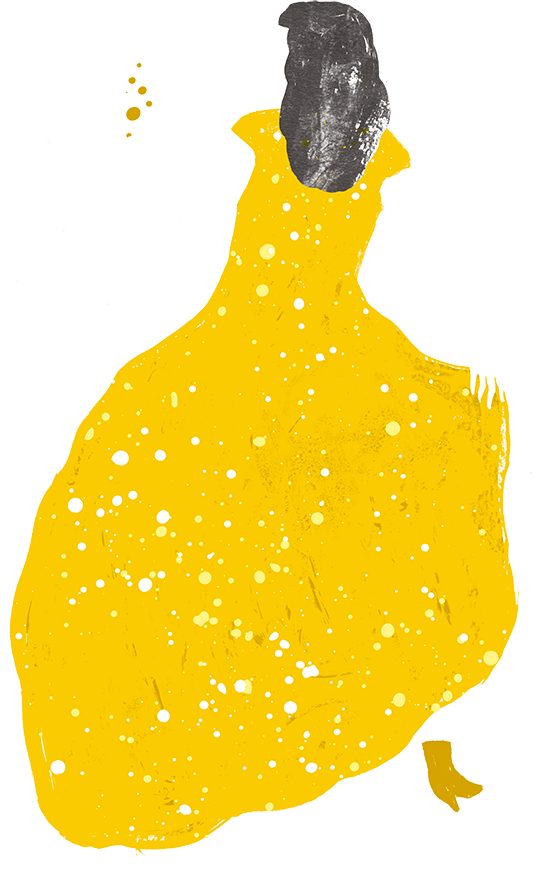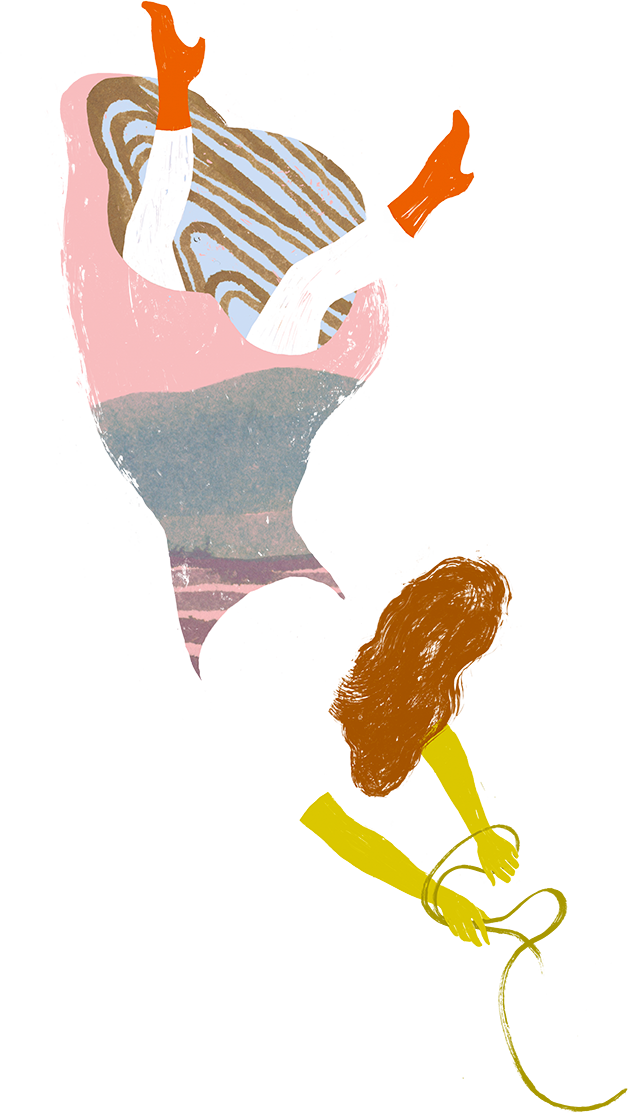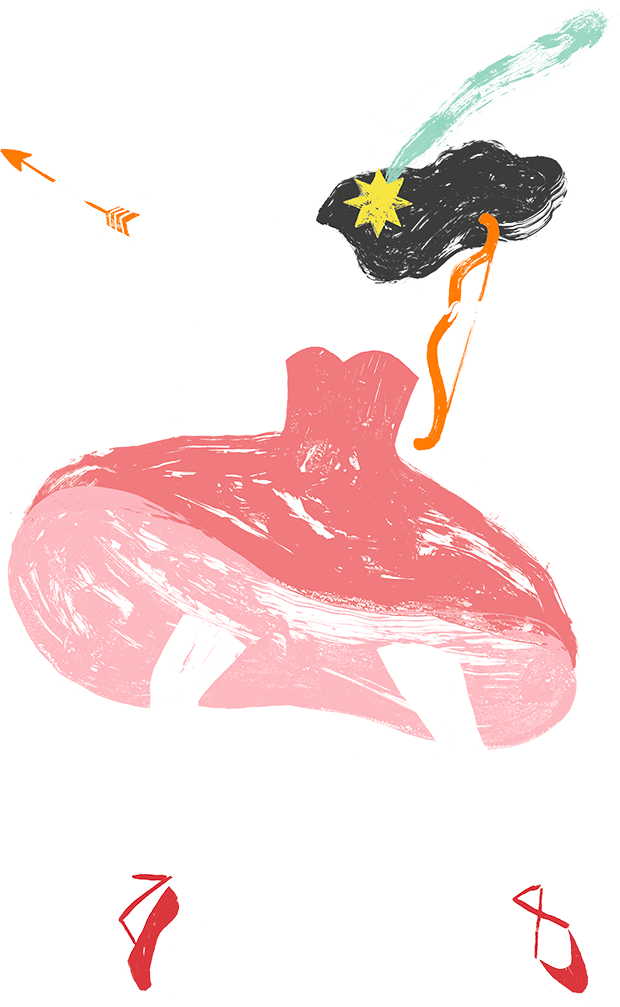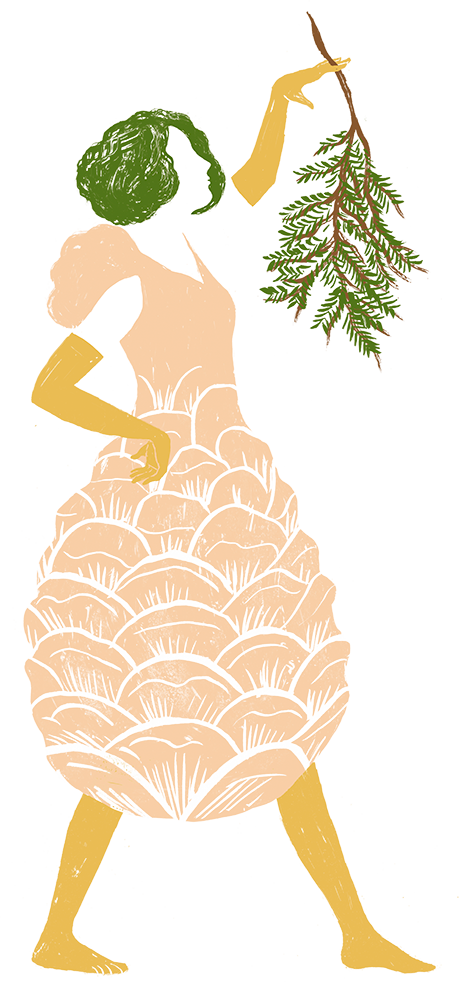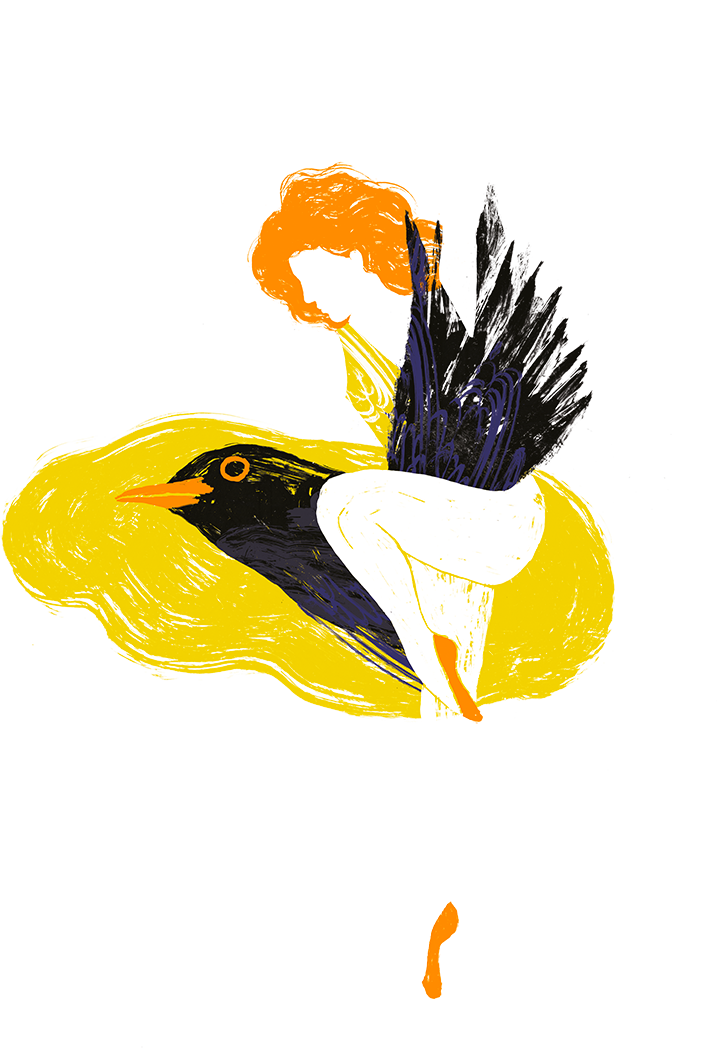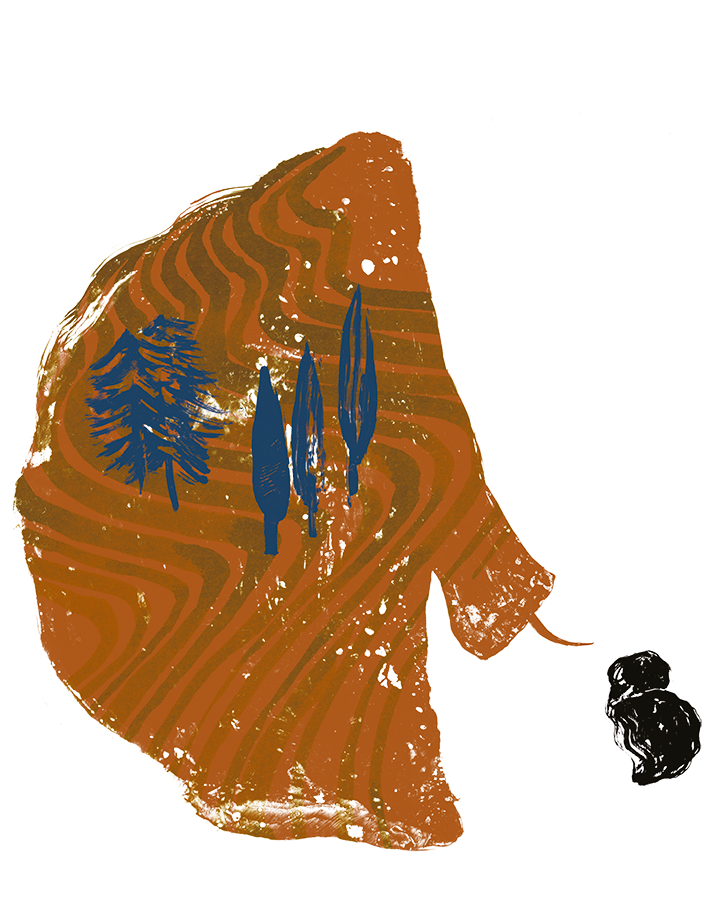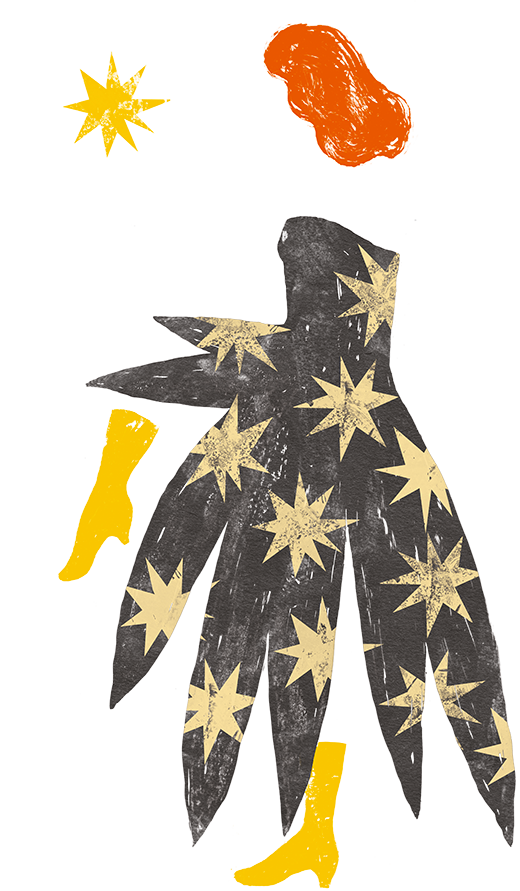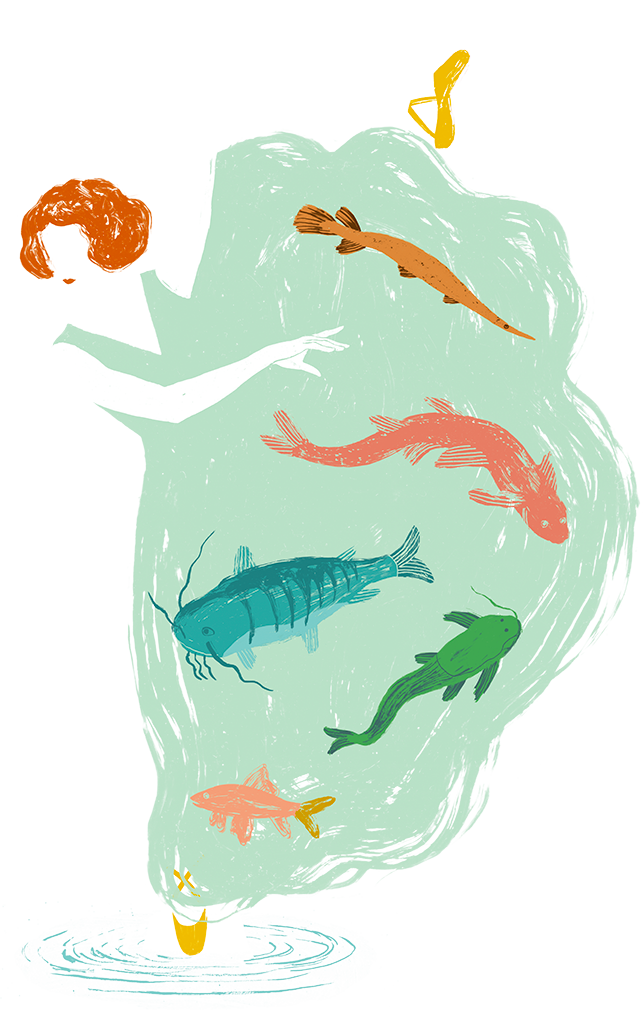
We are art, art of making wine, art of wearing the garments of the earth
The first sensation that emerges when thinking of the Friulian landscape is movement, with its lands that are characterized by encounters of peoples and cultures. It has been and continues to be a hub for communication and the transmission of values and understandings, connections and collaborations. Therefore, Friulian wine owes much to movement, with which it also shares another fascinating aspect: synaesthesia. The wine can be round, ethereal, broad or harmonious, soft or velvety. In 2023 we wanted to create a story of poetry, femininity and wine which, through colorful illustrations, declines the richness of our wine universe, combining the art of illustration with that of wine, celebrating the historical and cultural richness of our territory. A portrait and a narration between the meaning of synesthesia and the main characteristics of our vines.
From all these suggestions, WEART was born. Curated by Le Vigne di Zamò and Elisa Talentino.
Wine in movement: our land meets art
The artist of WEART
Elisa Talentino
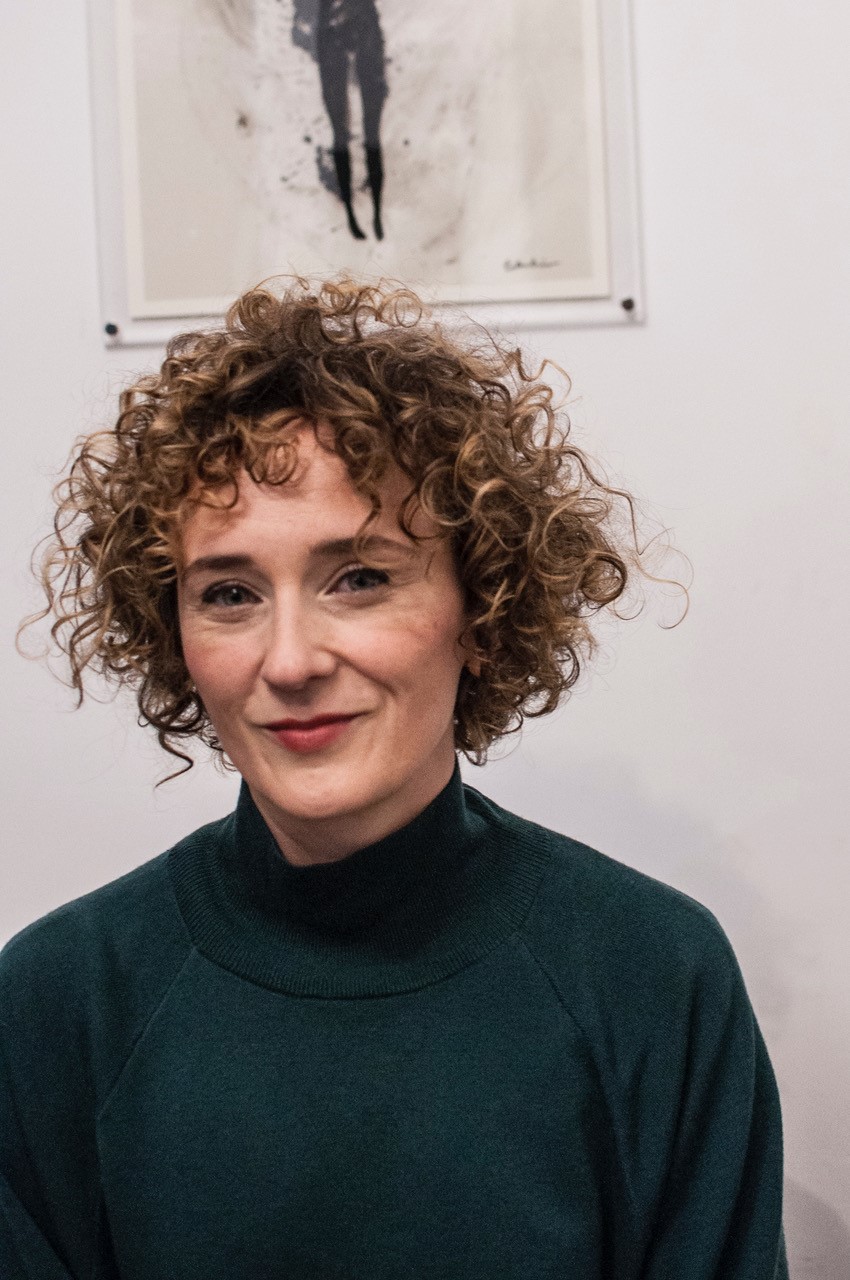
Elisa Talentino is an artist who works with illustration, art graphics, painting and animation. Her illustrations have appeared on the pages of the New Yorker, the New York Times and the Washington Post, She has created images for theater and cinema, She has taken care of the image of international brands in the fashion, beauty and food and wine sectors. Her work has been selected in various competitions, including the New York Society of Illustrators and has won the Gold Medal two years in a row in the 3×3 Mag Professional Show illustration competition in New York. She specializes in art printing: through the screen printing technique she personally creates prints with pictorial and experimental engraving techniques. A selection of her works are part of the Permanent Collection of the Farnesina of the Ministry of Foreign Affairs.



